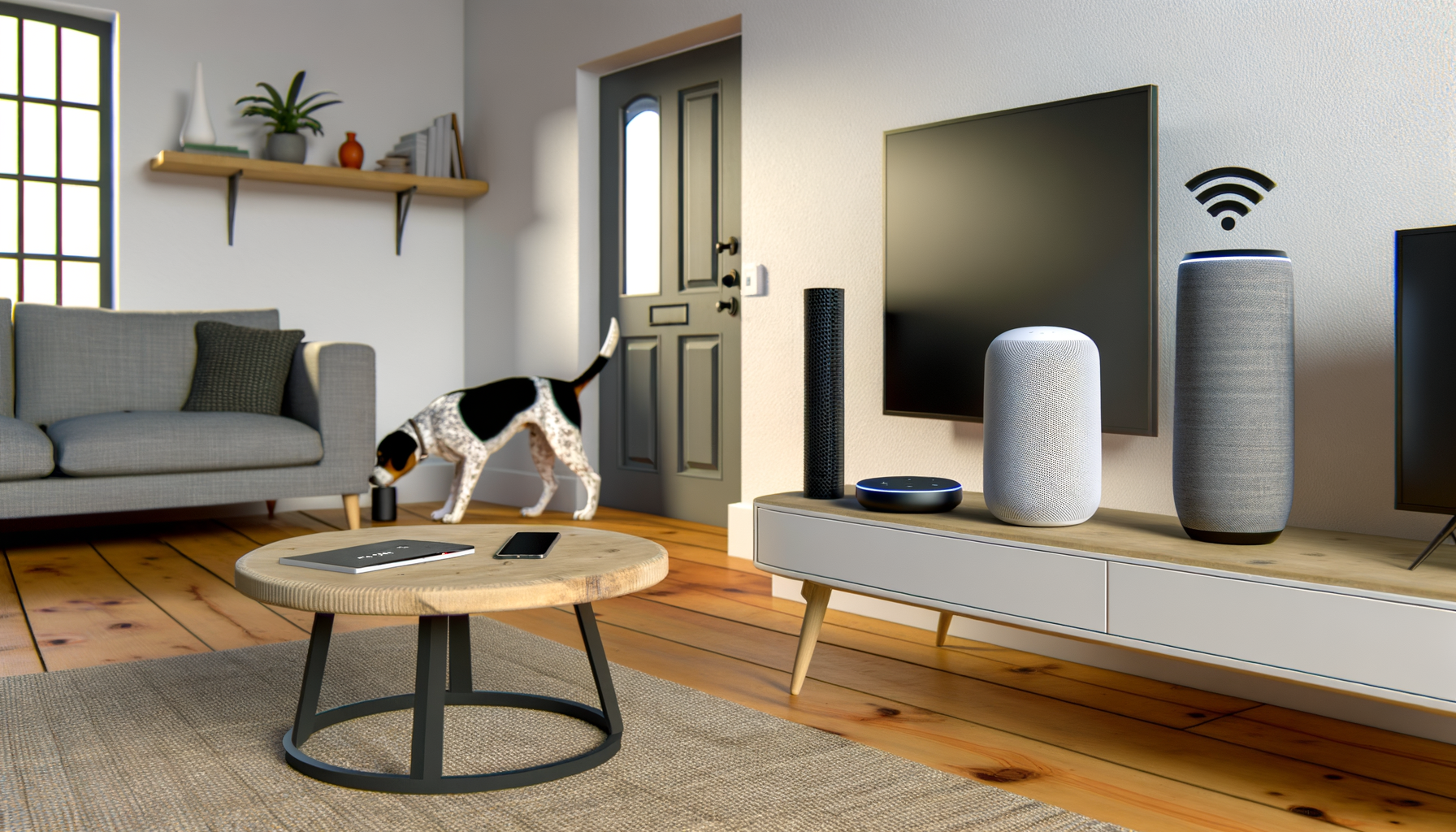In an age of ever-increasing digital connectivity, the phrase “Smart Home, Sweet Home? Who Can Access Your Smart Device Data” is becoming more relevant than ever. As homes become smarter, so do the risks associated with the Internet of Things (IoT). From smart speakers to connected cameras, these devices are designed to make our lives easier and more convenient. However, the data they collect and the access they provide to our homes can also create a host of security vulnerabilities. This article aims to delve into the intricate world of IoT security, examining who can access your smart device data and how you can protect yourself.
Understanding IoT Security

The concept of IoT security revolves around safeguarding connected devices and networks in the Internet of Things. IoT security is a multilayered issue, involving everything from the physical security of devices to the encryption of data they transmit. As devices become more interconnected, the potential for security breaches increases. While manufacturers are constantly working to improve security features, users also need to be aware of the risks and take necessary precautions.
The Risks of Connected Devices
Connected devices, from smart speakers to cameras, collect a treasure trove of data about our daily lives. This data, if not properly protected, can be accessed by malicious actors for nefarious purposes. Cybercriminals can exploit vulnerabilities in these devices to gain unauthorized access, steal personal information, or even disrupt the device’s operation. In addition, some devices may be designed with weak security measures, making them an easy target for hackers.
Encryption and Privacy

Encryption is a key element in maintaining the privacy of data transmitted by smart devices. It involves converting data into a code to prevent unauthorized access. However, the strength and effectiveness of encryption vary among devices. Some devices may use outdated or weak encryption algorithms, making them more susceptible to decryption by hackers. Moreover, privacy concerns arise when companies collect data from their devices for marketing or other purposes without the user’s explicit consent.
Firmware Updates and Security
Firmware updates are vital in maintaining the security of smart devices. These updates often include patches for known security vulnerabilities, improvements in device performance, and new features. However, many users neglect to install these updates promptly, leaving their devices exposed to potential attacks. Furthermore, some devices may not receive regular updates from their manufacturers, making them more vulnerable over time.
Device Authentication

Device authentication is another crucial aspect of IoT security. It involves verifying the identity of a device before it can connect to a network or another device. This can prevent unauthorized devices from gaining access to your network or data. However, many smart devices use weak or default credentials, making them easy targets for hackers.
Protecting Your Smart Home
Protecting your smart home requires a proactive approach. Here are a few steps you can take:
- Regularly update the firmware of your devices.
- Change default credentials and use strong, unique passwords.
- Use devices that support strong encryption.
- Be mindful of the data your devices collect and how it’s used.
Conclusion
In conclusion, while smart devices offer a wealth of convenience, they also present a range of security challenges. Users need to be aware of these risks and take appropriate steps to secure their devices. By understanding the concepts of IoT security, encryption, firmware updates, and device authentication, users can better protect their smart homes from potential threats.
| Security Measure | Explanation |
|---|---|
| Firmware Updates | Regularly update device firmware to patch known vulnerabilities and improve performance. |
| Device Authentication | Ensure devices are authenticated before they can connect to your network or other devices. |
Thank you for reading this article. Feel free to explore other articles on this site to learn more about cybersecurity and technology.









